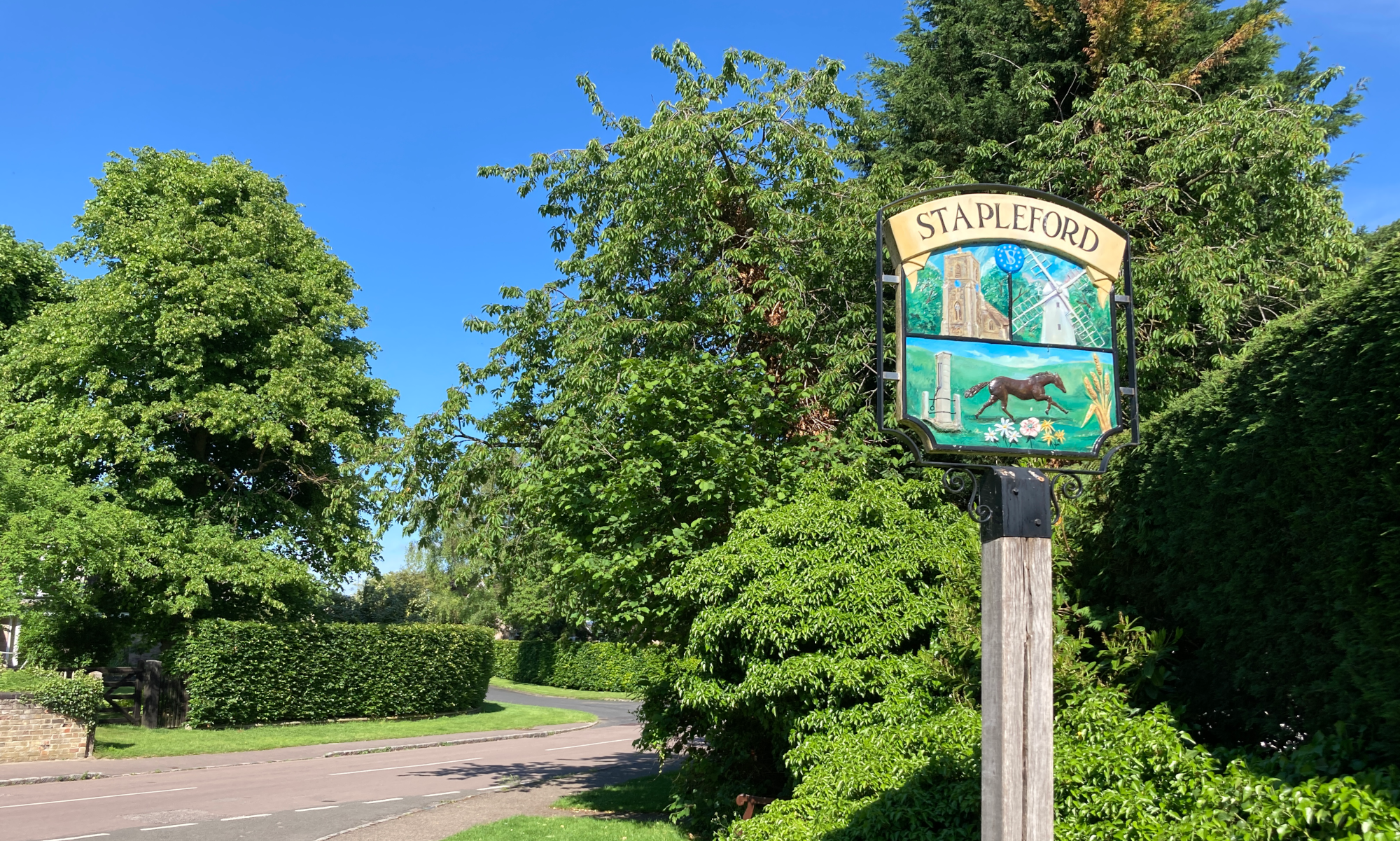Stapleford History Society 12th May 2022
A talk by Jonathan Spain
This talk concentrated on the horticultural, social and economic aspects of fruit growing during the 19th and 20th centuries. This could also be called the rise and decline of growing apples and pears, in particular. In the villages which border the River Rhee including Melbourn, Meldreth, Orwell and Barrington, there were dozens of small farms with four to 50 acres growing a wide variety of apples, pears and plums many of which are unheard of today. Everyone in these villages was involved in fruit growing.
Early in the 19th century access to markets was limited with people buying directly from farms or buying in the market towns of Cambridge and Royston. With the coming of the railways in the middle of the 19th Century whole new markets were opened with rapid transport to London and the industrial cities in the north. The arrival of cold storage in the 1920s also made a big difference as fruit could be kept ripe for longer and fruit was no longer seasonal.
In 1873 within the old Cambridgeshire County boundary 990 acres were devoted to fruit growing and this increased steadily to a peak in 1953 with 5,535 acres growing fruit. After this date both commercial and small fruit farms decreased with only strawberry farms maintaining high levels of production. Hundreds of varieties were grown but now the only surviving common types are Bramley apples for cooking, Cox’s Orange Pippin and Worcester Permain for eating, Victoria, Czar and Pershore plums and Conference pears. The main reason for this is the rise of supermarkets which find many of the flavoursome apples and pears are irregular in shape and size making pre-weighed packaging time consuming. This has been overcome by breeding new varieties for their colour and even size rather than taste Add to this the liking for exotic fruits: bananas, pineapples, kiwi fruit, melons and so on and one can see why fruit farming has declined.
The final part of the talk was about the Cambridge Gage. Greengages originated in Persia and were brought to France and then to England by Sir William Gage who lived in Hengrave Hall near Bury St. Edmunds. Early in the 20th century Chivers and Son of Histon developed the Cambridge Gage which is the most popular greengage grown today. As with other fruits, the many varieties once grown are reduced to just a couple which are grown commercially.
[report by Keith Dixon]

